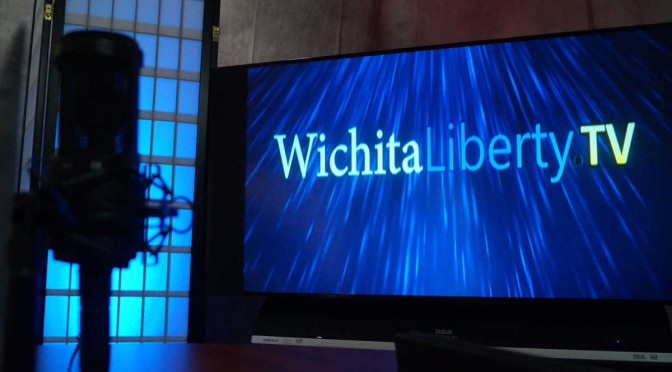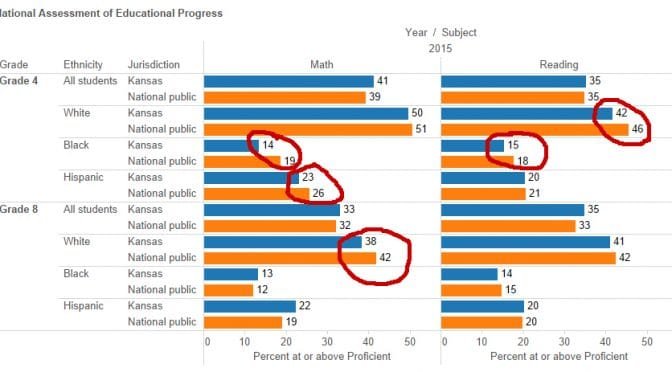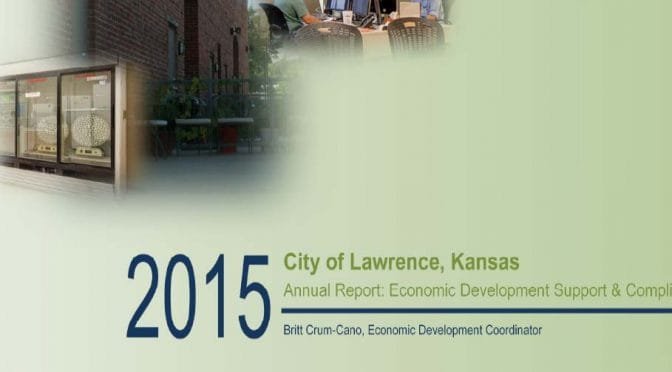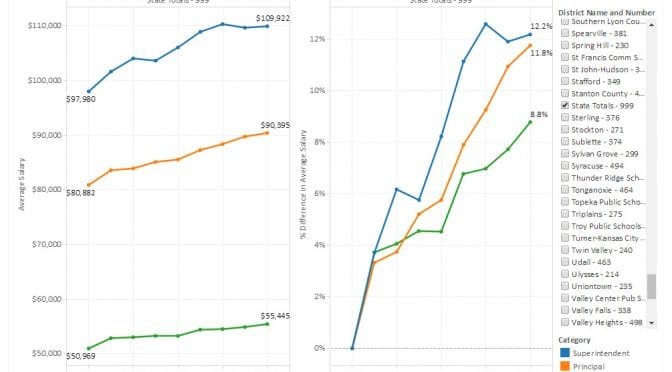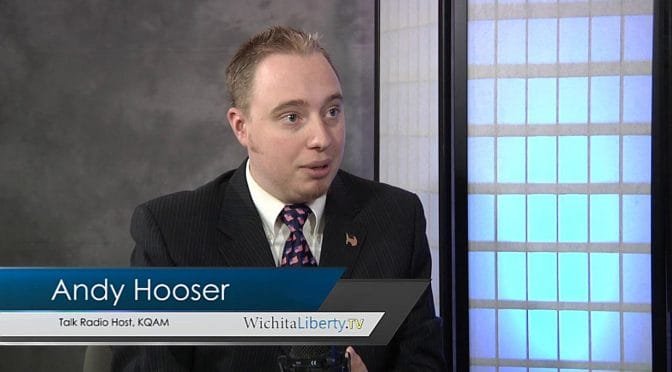Americans for Prosperity Foundation achieves a victory for free speech and free association.
Must donors to non-profit organizations live in “fear of exercising their First Amendment right to support” any organization, which effect is to “diminish the amount of expressive and associational activity?” Should these people be denied the right to their speech? The constitution says, no.
Non-profit organizations file a form known as IRS Form 990, Return of Organization Exempt From Income Tax. 1 The first part of this form is public information and may be obtained from the organization itself or from services like GuideStar. Also part of the filing is Schedule B, Schedule of Contributors. 2 This form holds the names and addresses of donors, along with the amount donated. This information is not public, and generally non-profits do not disclose it.
But California Attorney General Kamala Harris wanted the names of AFP Foundation’s donors, and she demanded its Schedule B. AFP Foundation said no, and now a federal judge has ruled that “the Attorney General’s Schedule B disclosure requirement unconstitutional as-applied to AFP.”
AFP Foundation Board Member Mark Holden said “Federal District Court Judge Manuel Real issued a permanent injunction to enjoin the Attorney General of California from demanding AFP Foundation’s donor list. After a full bench trial, the Court found the Attorney General’s disclosure requirement was an unconstitutional violation of the First Amendment as applied to AFP Foundation. The Court also found that the Attorney General’s demand chills the exercise of AFP Foundation donors’ First Amendment freedoms to speak anonymously and to engage in expressive association.”
Holden added “From my perspective as an AFP Board member and a citizen is that it is a great day for First Amendment free speech and free association.”
The case is Americans for Prosperity Foundation v. Kamala Harris, In Her Official Capacity as Attorney General of California. The final ruling is here.
Anonymity
Why might donors choose to be anonymous, and why is protecting that right important? In his decision, the judge wrote “During the course of trial, the Court heard ample evidence establishing that AFP, its employees, supporters and donors face public threats, harassment, intimidation, and retaliation once their support for and affiliation with the organization becomes publicly known.”
Disclosure has been used as a political weapon, as the Wall Street Journal noted in its reporting: “The judge is an LBJ appointee who can recall when disclosure was used as a political weapon in the Jim Crow South.” (Judge Manuel L. Real was born in 1924 and appointed to the Court in 1966 by President Lyndon Johnson.) In his opinion, Judge Real wrote “[A]lthough the Attorney General correctly points out that such abuses are not as violent or pervasive as those encountered in NAACP v. Alabama or other cases from that era, this Court is not prepared to wait until an AFP opponent carries out one of the numerous death threats made against its members.”
Today, those who advocate for free markets, limited government, and economic freedom are often verbally assaulted and threatened, and sometimes threats are physical and real. But it is not only those who this ruling benefits. Today, there are people who may want to donate to controversial matters such as supporting gay rights, but may still be “in the closet.” Conservatives who support issues like abolition of the death penalty, criminal justice reform, and legalization of drugs are often branded by their fellows as closet liberals who are soft on crime. Should these people be denied the right to their speech? The constitution says, no.
—
Notes
- Form 990, Return of Organization Exempt From Income Tax. (2016). Irs.gov. Available at www.irs.gov/uac/About-Form-990. ↩
- Schedule B (Form 990, 990-EZ, or 990-PF), Schedule of Contributors. (2016). Irs.gov. Available at www.irs.gov/uac/About-Schedule-B-(Form-990,-990EZ,-or-990PF). ↩






